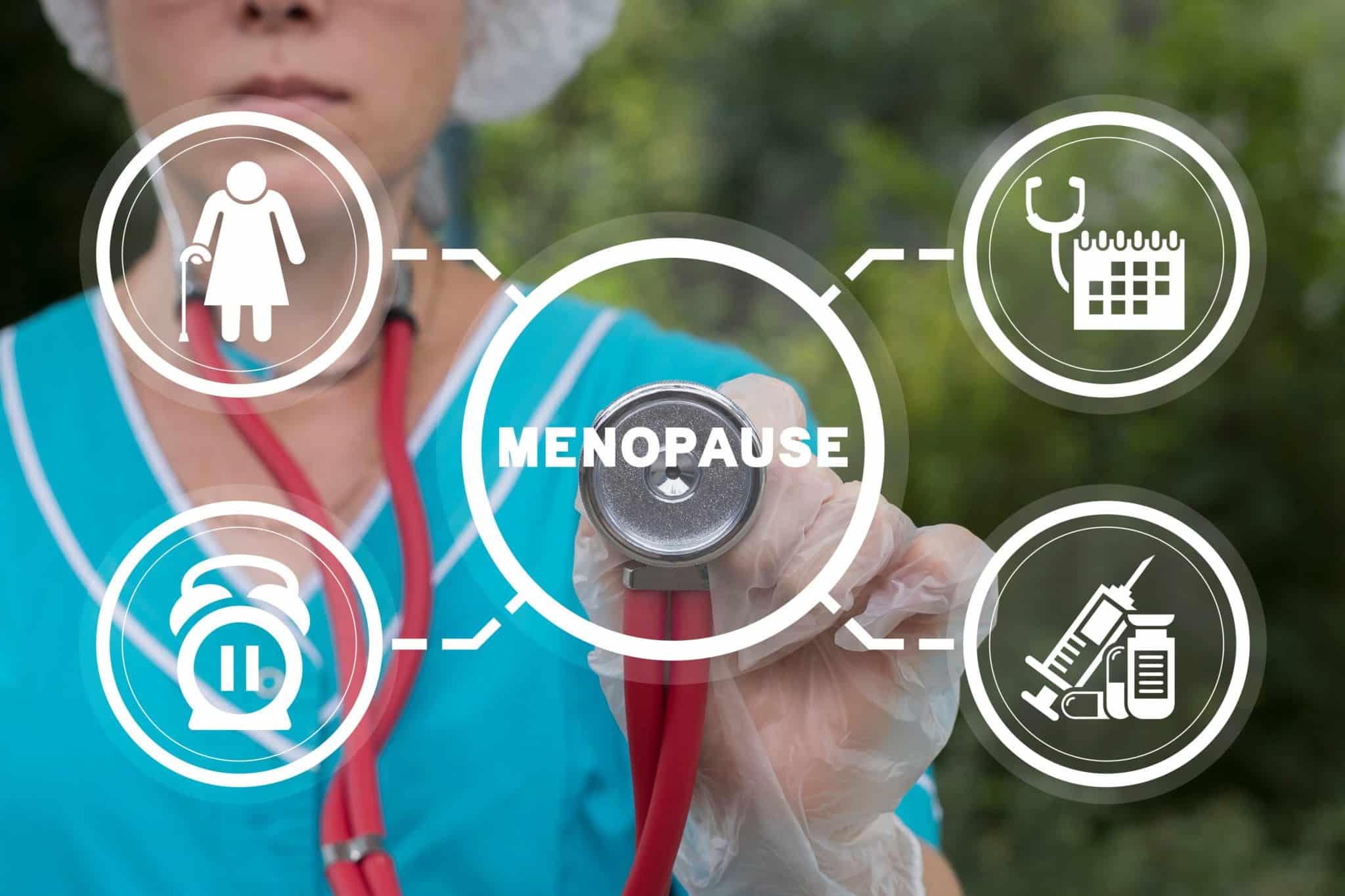
Certain CYP19A1 gene mutations accelerate aromatase activity, increasing estrogen conversion from androgens. Fast metabolizers may experience estrogen dominance despite low HRT doses, leading to endometrial thickening. Pharmacogenetic testing now tailors starter doses to prevent such imbalances, especially in patients with unexplained treatment resistance.
Subcutaneous Implants Provide Steady Hormone Release for Months
Pellet therapies slowly dissolve, mimicking natural secretion patterns without daily fluctuations. Patients report fewer mood swings compared to oral or transdermal methods. However, removal requires minor surgery, and inconsistent absorption rates sometimes cause prolonged overdosing in individuals with low body fat.
Thyroid Dysfunction Masks HRT’s True Efficacy
Untreated hypothyroidism blunts estrogen receptor responsiveness, making HRT seem ineffective. Normalizing TSH levels first often resolves perceived treatment failures. Endocrinologists now advocate concurrent thyroid and hormone panels to avoid misdiagnosing HRT resistance as menopausal progression.
Progesterone Withdrawal Triggers Migraine Cascades in Susceptible Patients
Sudden drops in synthetic progestin levels activate trigeminal nerve pathways, sparking severe headaches. Continuous dosing regimens or switching to bioidentical progesterone reduces attack frequency by 65%. Neurologists emphasize gradual tapering for HRT users with migraine histories.
Adipose Tissue Secretes Estrone Independently of Ovarian Function
Postmenopausal women with higher body fat often maintain estrone levels, delaying osteoporosis onset. This endogenous production complicates HRT dosing, as added estrogen may overshoot targets. Dual-energy X-ray scans help adjust doses based on visceral fat metrics.
Nasal Sprays Bypass Liver Metabolism for Rapid Brain Effects
Estradiol nasal formulations reach cerebrospinal fluid within 15 minutes, aiding acute neuroprotection. This method benefits those with hepatic impairment but requires multiple daily doses due to short half-lives. Trials show promise for Alzheimer’s-related cognitive decline.
HRT Alters Drug Transport Protein Expression in the Liver
Estrogen upregulates SHBG, reducing free concentrations of thyroid meds and anticonvulsants. Patients on HRT need frequent bloodwork to adjust co-administered drugs, preventing undertreatment of comorbid conditions like epilepsy or hypothyroidism.
Testosterone Creams Risk Accidental Transfer to Partners or Children
Topical applications leave residue on sheets or clothing, exposing others to hormonal effects. Cases of precocious puberty in children prompt warnings about application sites and post-use hygiene. Gels with rapid absorption formulas mitigate but don’t eliminate transfer risks.
Bone Turnover Markers Predict HRT’s Skeletal Response Within Weeks
CTX and P1NP blood tests detect collagen breakdown changes months before DEXA scans show density improvements. Rapid responders can lower doses early, minimizing side effects. Non-responders switch to bisphosphonates instead of prolonged ineffective HRT.
Vaginal Estrogen Improves Recurrent UTI Resistance in Elderly Patients
Atrophic urethral tissues become less prone to bacterial invasion with localized estrogen. Studies show a 50% reduction in antibiotic use among nursing home residents using low-dose creams, cutting multidrug resistance risks.
Saliva Testing Inaccuracies Stem from Mucosal Cell Hormone Trapping
Lipid-soluble hormones adhere to oral membranes, skewing salivary free hormone readings. Bloodspot assays on filter paper offer home testing alternatives with 90% serum correlation, gaining traction for remote HRT monitoring.
Hormone Receptors in Vocal Cords Impact Post-HRT Voice Changes
Androgen dominance thickens vocal folds, deepening voices in female-to-male transitions. Estrogen softens mucosal layers, raising pitch. ENT specialists collaborate on HRT plans for transgender patients to achieve desired vocal outcomes without strain.
Melatonin Synergy Enhances Progesterone’s Neuroprotective Effects
Combining progesterone with melatonin amplifies GABAergic activity, improving sleep architecture and reducing nocturnal cortisol spikes. This duo therapy shows potential for traumatic brain injury recovery but risks daytime sedation if dosed improperly.
HRT’s Cardiovascular Risks Diverge by Arterial Calcium Scores
Patients with zero coronary calcium gain cardio protection from estrogen, while high scores predict plaque destabilization. Cardiac CT screenings now guide HRT eligibility, avoiding blanket prohibitions based on age alone.
Pancreatic Beta Cells Express Estrogen Receptors Linked to Insulin Output
Estradiol boosts beta cell proliferation, explaining HRT’s diabetes risk reduction in non-obese women. Conversely, androgen excess impairs glucose sensing, necessitating sex-specific HRT approaches in metabolic syndrome management.
DUTCH Testing Reveals Cortisol-Estrogen Imbalances in Chronic Fatigue
Dried urine hormone profiles show adrenal exhaustion disrupts estrogen methylation, causing paradoxical highs despite low production. Addressing adrenal health before HRT corrects these anomalies, resolving persistent fatigue unresponsive to hormones alone.
Hormone Fluctuations Rewire Olfactory Sensitivity During Menopause
Plummeting estrogen dulls smell detection, altering taste preferences and nutritional intake. HRT restores olfactory acuity in 70% of cases, indirectly combating age-related malnutrition risks through revived flavor perception.
Progestin’s Glutamate Modulation Eases Perimenopausal Anxiety
Synthetic progesterone derivatives dampen excitatory neurotransmission, providing anxiolytic benefits beyond uterine protection. MRI studies show reduced amygdala activation in HRT users facing stress tests, highlighting neural pathway modifications.
Hormone Pellet Migration Causes Ectopic Tissue Growth in Rare Cases
Subcutaneous implants occasionally travel to lungs or vasculature, triggering granulomas. Though rare, these events spurred FDA warnings about unregulated compounding pharmacies offering non-FDA-approved pellets.
Breast MRI Fibrosis Patterns Predict HRT-Induced Density Changes
Pre-existing stromal fibrosis worsens mammographic density post-HRT, while fatty breast tissues show minimal change. Baseline MRIs identify candidates for alternative therapies like SERMs, avoiding unnecessary density-related cancer surveillance hurdles.
